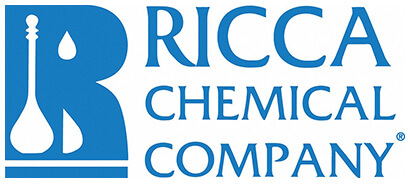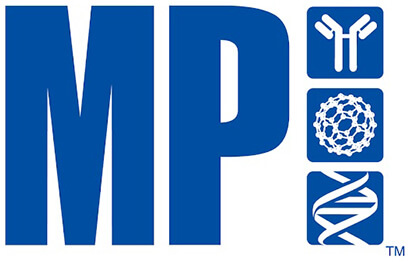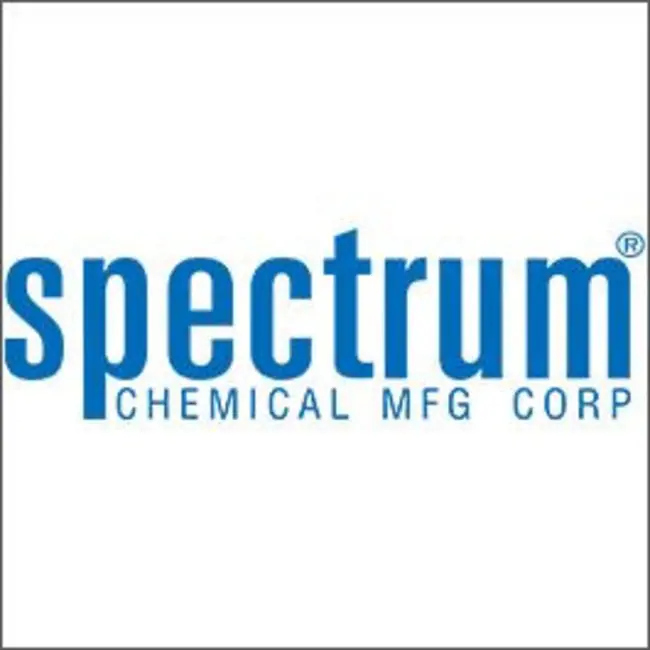Ambient
Showing 129701–129750 of 146505 results
-
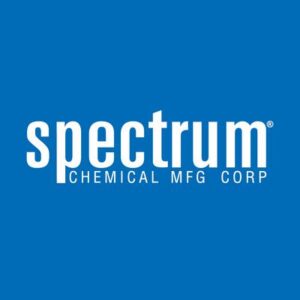
Reagent Alcohol, Denatured, Reagent, ACS
$1,724.41 Add to cart View Product DetailsReagent Alcohol, Denatured, Reagent, ACS
-

Rebamipide
$68.14 Add to cart View Product DetailsMolecular Formula : C19H15ClN2O4
-

Rebamipide
$92.29 Add to cart View Product DetailsMolecular Formula : C19H15ClN2O4
-

Rebamipide
$174.23 Add to cart View Product DetailsMolecular Formula : C19H15ClN2O4
-
Rebamipide 3-Chloro Impurity
$144.90 Add to cart View Product DetailsMolecular Formula : C19 H15 Cl N2 O4
-
Rebamipide 3-Chloro Impurity
$233.74 Add to cart View Product DetailsMolecular Formula : C19 H15 Cl N2 O4
-
Rebamipide 3-Chloro Impurity
$461.44 Add to cart View Product DetailsMolecular Formula : C19 H15 Cl N2 O4
-
Rebamipide 3-Chloro Impurity (>80%)
$141.45 Add to cart View Product DetailsMolecular Formula : C19 H15 Cl N2 O4
-
Rebamipide 3-Chloro Impurity (>80%)
$233.74 Add to cart View Product DetailsMolecular Formula : C19 H15 Cl N2 O4
-
Rebamipide 3-Chloro Impurity (>80%)
$455.40 Add to cart View Product DetailsMolecular Formula : C19 H15 Cl N2 O4
-
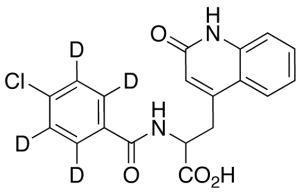
Rebamipide-d4
$218.21 Add to cart View Product DetailsMolecular Formula : C19H11D4ClN2O4
-

Rebamipide-d4
$1,782.79 Add to cart View Product DetailsMolecular Formula : C19H11D4ClN2O4
-
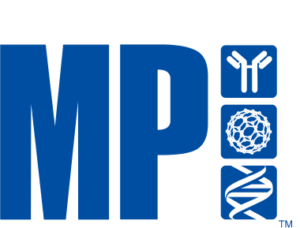
Rebamipide, NeuroPure
$26.96 Add to cart View Product DetailsRebamipide, NeuroPure
-

Rebamipide, NeuroPure
$80.86 Add to cart View Product DetailsRebamipide, NeuroPure
-

Rebamipide, NeuroPure
$134.72 Add to cart View Product DetailsRebamipide, NeuroPure
-
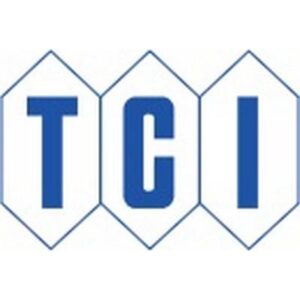
Rebaudioside A
$97.13 Add to cart View Product DetailsRebaudioside A
-

Rebaudioside A
$339.38 Add to cart View Product DetailsRebaudioside A
-

Rebaudioside A
$62.96 Add to cart View Product DetailsMolecular Formula : C44 H70 O23
-

Rebaudioside A
$104.36 Add to cart View Product DetailsMolecular Formula : C44 H70 O23
-

Rebaudioside A
$526.99 Add to cart View Product DetailsMolecular Formula : C44 H70 O23
-
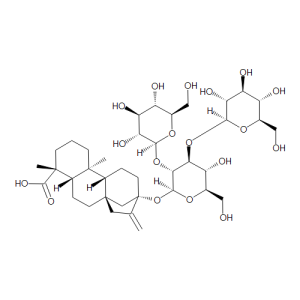
Rebaudioside B
$181.99 Add to cart View Product DetailsMolecular Formula : C38 H60 O18
-

Rebaudioside B
$1,423.99 Add to cart View Product DetailsMolecular Formula : C38 H60 O18
-
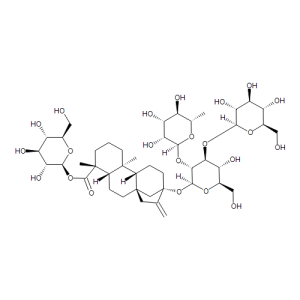
Rebaudioside C
$50.89 Add to cart View Product DetailsMolecular Formula : C44 H70 O22
-

Rebaudioside C
$285.49 Add to cart View Product DetailsMolecular Formula : C44 H70 O22
-
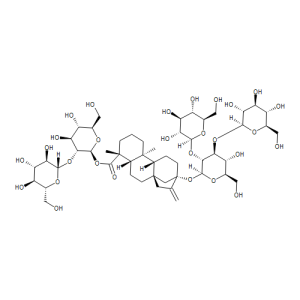
Rebaudioside D
$143.18 Add to cart View Product DetailsMolecular Formula : C50 H80 O28
-

Rebaudioside D
$940.99 Add to cart View Product DetailsMolecular Formula : C50 H80 O28
-
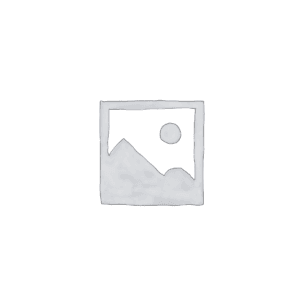
Reboxetine Mesylate
$61.24 Add to cart View Product DetailsMolecular Formula : C19 H23 N O3 . C H4 O3 S
-

Reboxetine Mesylate
$95.74 Add to cart View Product DetailsMolecular Formula : C19 H23 N O3 . C H4 O3 S
-

Reboxetine Mesylate
$203.55 Add to cart View Product DetailsMolecular Formula : C19 H23 N O3 . C H4 O3 S
-

Reboxetine-d5 Mesylate
$185.44 Add to cart View Product DetailsMolecular Formula : C20H22D5NO6S
-

Reboxetine-d5 Mesylate
$1,408.46 Add to cart View Product DetailsMolecular Formula : C20H22D5NO6S
-

Recombinant PIVKA II Antigen
$404.51 Add to cart View Product DetailsProtein Induced by Vitamin K Absence or Antagonist-II (PIVKA-II), also known as Des-γ-carboxy-prothrombin (DCP), is an abnormal form of prothrombin. Normally, the prothrombin’s 10 glutamic acid residues (Glu) in the γ-carboxyglutamic acid (Gla) domain at positions 6, 7, 14, 16, 19, 20,25, 26, 29 and 32 are γ-carboxylated to Gla by vitamin-K dependent γ- glutamyl carboxylase in the liver and then secreted into plasma. In patients with hepatocellular carcinoma (HCC), γ-carboxylation of prothrombin is impaired so that PIVKA-II is formed instead of prothrombin. PIVKA-II is considered as is an efficient biomarker specific for HCC.
-

Recombinant PIVKA II Antigen
$809.89 Add to cart View Product DetailsProtein Induced by Vitamin K Absence or Antagonist-II (PIVKA-II), also known as Des-γ-carboxy-prothrombin (DCP), is an abnormal form of prothrombin. Normally, the prothrombin’s 10 glutamic acid residues (Glu) in the γ-carboxyglutamic acid (Gla) domain at positions 6, 7, 14, 16, 19, 20,25, 26, 29 and 32 are γ-carboxylated to Gla by vitamin-K dependent γ- glutamyl carboxylase in the liver and then secreted into plasma. In patients with hepatocellular carcinoma (HCC), γ-carboxylation of prothrombin is impaired so that PIVKA-II is formed instead of prothrombin. PIVKA-II is considered as is an efficient biomarker specific for HCC.
-

Recombinant PIVKA II Antigen
$8,098.88 Add to cart View Product DetailsProtein Induced by Vitamin K Absence or Antagonist-II (PIVKA-II), also known as Des-γ-carboxy-prothrombin (DCP), is an abnormal form of prothrombin. Normally, the prothrombin’s 10 glutamic acid residues (Glu) in the γ-carboxyglutamic acid (Gla) domain at positions 6, 7, 14, 16, 19, 20,25, 26, 29 and 32 are γ-carboxylated to Gla by vitamin-K dependent γ- glutamyl carboxylase in the liver and then secreted into plasma. In patients with hepatocellular carcinoma (HCC), γ-carboxylation of prothrombin is impaired so that PIVKA-II is formed instead of prothrombin. PIVKA-II is considered as is an efficient biomarker specific for HCC.
-
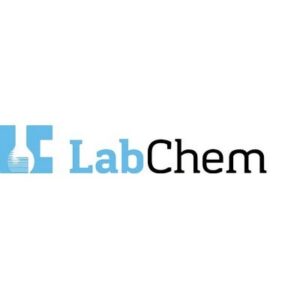
Red-Four(R) Buffer Solution, pH 4.01
$68.78 Add to cart View Product DetailsRed-Four(R) Buffer Solution, pH 4.01
-

Red-Four(R) Buffer Solution, pH 4.01
$48.65 Add to cart View Product DetailsRed-Four(R) Buffer Solution, pH 4.01
-

Red-Four(R) Buffer Solution, pH 4.01
$154.56 Add to cart View Product DetailsRed-Four(R) Buffer Solution, pH 4.01
-

Red-Four(R) Buffer Solution, pH 4.01
$157.57 Add to cart View Product DetailsRed-Four(R) Buffer Solution, pH 4.01
-

Red-Four(R) Buffer Solution, pH 4.01
$198.89 Add to cart View Product DetailsRed-Four(R) Buffer Solution, pH 4.01
-
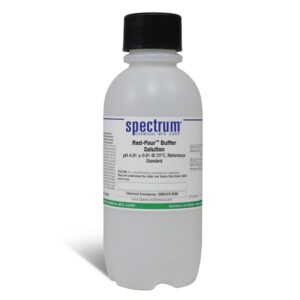
Red-Four(TM) Buffer Solution, pH 4.01 +/- 0.01 @ 25 DEG C, Color-coded RED, Reference Standard
$36.87 Add to cart View Product DetailsRed-Four(TM) Buffer Solution, pH 4.01 +/- 0.01 @ 25 DEG C, Color-coded RED, Reference Standard
-

Red-Four(TM) Buffer Solution, pH 4.01 +/- 0.01 @ 25 DEG C, Color-coded RED, Reference Standard
$145.06 Add to cart View Product DetailsRed-Four(TM) Buffer Solution, pH 4.01 +/- 0.01 @ 25 DEG C, Color-coded RED, Reference Standard
-
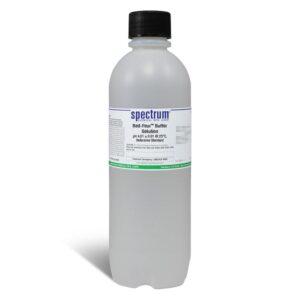
Red-Four(TM) Buffer Solution, pH 4.01 +/- 0.01 @ 25 DEG C, Color-coded RED, Reference Standard
$42.16 Add to cart View Product DetailsRed-Four(TM) Buffer Solution, pH 4.01 +/- 0.01 @ 25 DEG C, Color-coded RED, Reference Standard
-
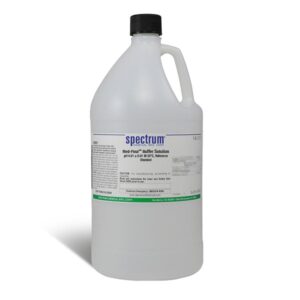
Red-Four(TM) Buffer Solution, pH 4.01 +/- 0.01 @ 25 DEG C, Color-coded RED, Reference Standard
$82.70 Add to cart View Product DetailsRed-Four(TM) Buffer Solution, pH 4.01 +/- 0.01 @ 25 DEG C, Color-coded RED, Reference Standard
-
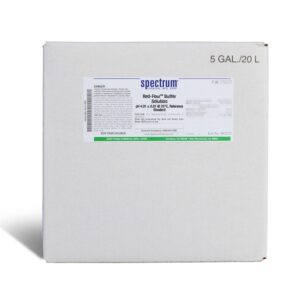
Red-Four(TM) Buffer Solution, pH 4.01 +/- 0.01 @ 25 DEG C, Color-coded RED, Reference Standard
$170.30 Add to cart View Product DetailsRed-Four(TM) Buffer Solution, pH 4.01 +/- 0.01 @ 25 DEG C, Color-coded RED, Reference Standard
-

Reduced Haloperidol
$127.65 Add to cart View Product DetailsMolecular Formula : C21 H25 Cl F N O2
-

Reduced Haloperidol
$160.43 Add to cart View Product DetailsMolecular Formula : C21 H25 Cl F N O2
-

Reduced Haloperidol
$291.53 Add to cart View Product DetailsMolecular Formula : C21 H25 Cl F N O2
-

Reduced Haloperidol-d4
$228.56 Add to cart View Product DetailsMolecular Formula : C21H21D4ClFNO2
-

Reduced Haloperidol-d4
$1,725.00 Add to cart View Product DetailsMolecular Formula : C21H21D4ClFNO2
-
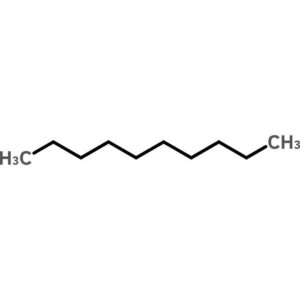
Reference Material for Flash Point Certified by The Japan Petroleum Institute, Decane
$248.55 Add to cart View Product DetailsReference Material for Flash Point Certified by The Japan Petroleum Institute, Decane


